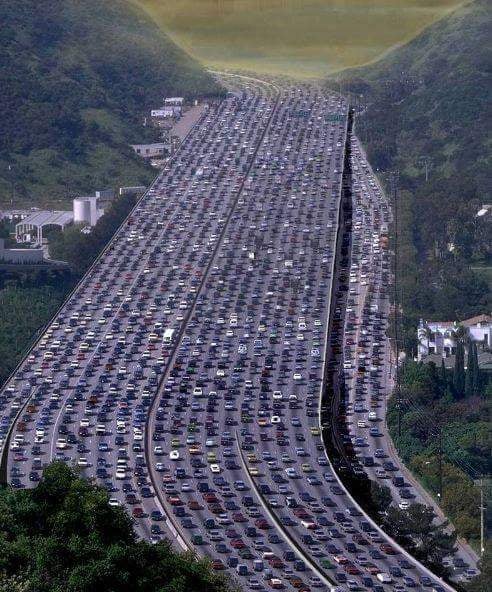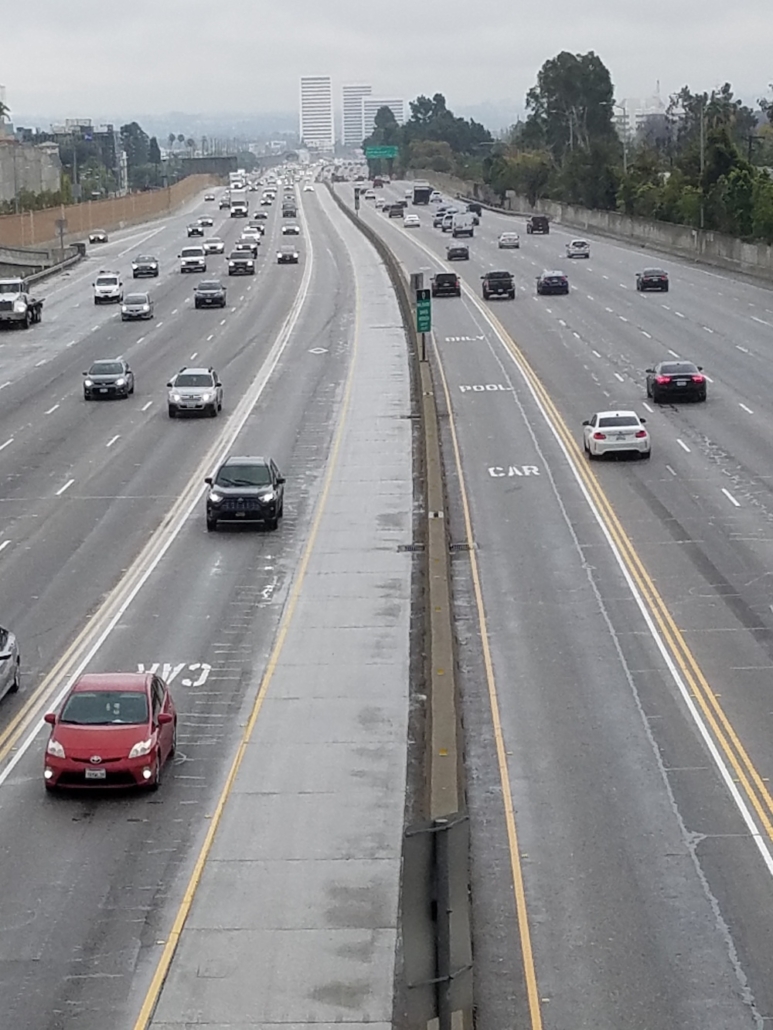Two centers housed at UCLA Luskin have received research awards from California 100, an ambitious statewide initiative to envision and shape the long-term success of the state.
The Lewis Center for Regional Policy Studies will evaluate current facts, origins and future trends in housing and community development, while the UCLA Institute of Transportation Studies will look into transportation and urban planning. In total, researchers from four UCLA organizations will spearhead three of the 13 California 100 research areas.
The Lewis Center will summarize California’s housing market and outline a vision for how policy changes could lead to a brighter future for the state’s residents, with a particular focus on increased equity and housing production. Working alongside cityLAB UCLA and the Terner Center for Housing Innovation at UC Berkeley, the Lewis Center team will also create a visualization of this future through creative techniques of diagramming, drawing and rendering to help readers picture the possibilities for California’s communities.
UCLA ITS will delve into transportation policy contradictions: California has invested substantially in public transit, while other public policies encourage driving and work against transit. As the state looks to meet its climate and equity goals, transportation systems — and the land use context surrounding them — will play a key role.
Research for both projects is slated to begin over the summer and be complete by December 2021, and will lead to a set of policy alternatives for the future of California. The policy alternatives will be developed in conjunction with research teams from the other California 100 issue areas.
The California 100 Commission is a multi-generational advisory body that will develop recommendations for the state’s future and test those recommendations across a broad set of policy areas by directly engaging Californians.
“From climate change to aging populations and rapid changes in industry, California will face enormous challenges in the years ahead,” said Kathrick Ramakrishnan, California 100 executive director. “We are fortunate to be able to draw on the deep talent of researchers in California to produce evidence and recommendations that will inform robust public engagement and set the state on a strong, long-term trajectory for success.”
About the California 100 Research Grants
California 100 is a new statewide initiative being incubated at the University of California and Stanford University focused on inspiring a vision and strategy for California’s next century that is innovative, sustainable and equitable. The initiative will harness the talent of a diverse array of leaders through research, policy innovation, advanced technology and stakeholder engagement. As part of its research stream of work, California 100 is sponsoring 13 research projects focused on the following issue areas:
- Advanced technology and basic research
- Arts, culture and entertainment
- Education and workforce, from cradle to career and retirement
- Economic mobility and inequality
- Energy, environment and natural resources
- Federalism and foreign policy
- Fiscal reform
- Governance, media and civil society
- Health and wellness
- Housing and community development
- Immigrant integration
- Public safety and criminal justice reform
- Transportation and urban planning


